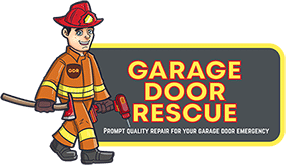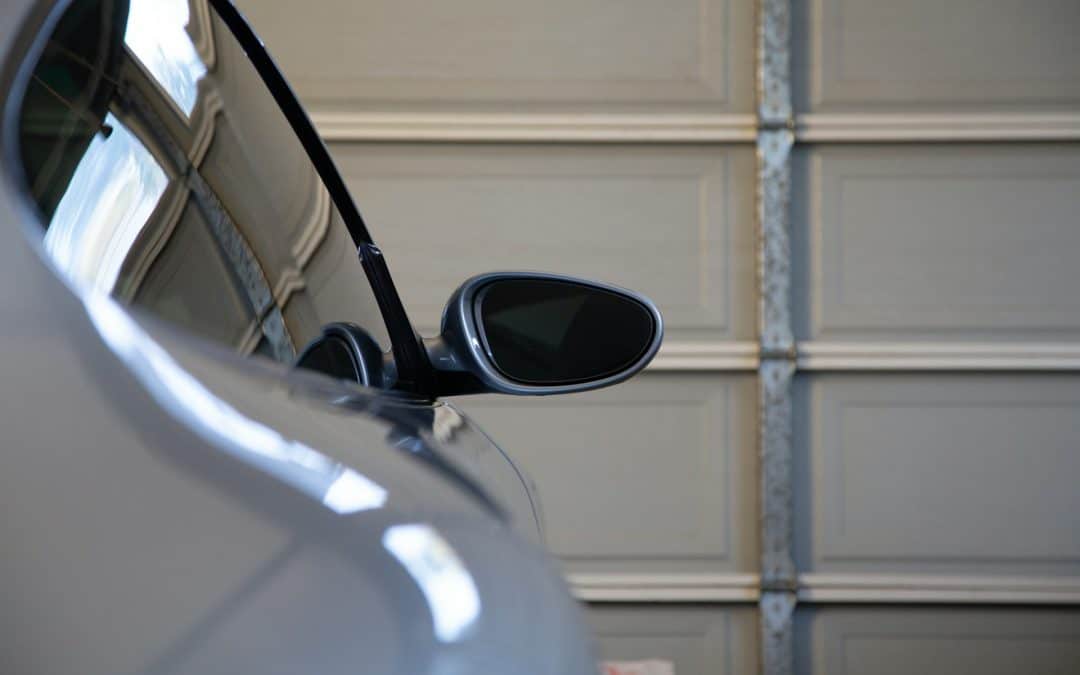It’s important to keep an eye on your garage door springs to ensure they are working correctly. These springs do a lot of heavy lifting, and eventually, they might need some attention. Catching problems early can prevent bigger issues later. In this guide, we will show you how to recognize when your garage door springs need some help. With a little knowledge, you can keep your garage door working great throughout.
Understanding Garage Door Springs: Types and Functions
There are two main types of garage door springs: torsion springs and extension springs. Torsion springs are found above the closed door. They unwind and wind up to help the door lift and lower. Extension springs, on the other hand, run along the sides of the garage door. They expand and contract to help with the door’s movement.
Garage door springs are a crucial part of the garage door system. Without them, the door would not be able to open and close smoothly. The springs take on much of the weight of the door, making it easy to lift with the help of a garage door opener or by hand.
Common issues with garage door springs include wear and tear over time. The metal can become stretched, leading to a loss of tension. This can make the door difficult to operate. Rust is another problem that might cause the springs to break or malfunction. Knowing about these common issues can help you spot a problem early on and get it fixed before it worsens.
Signs Your Garage Door Springs Need Repairs
Knowing when your garage door springs need repairs can save you from many headaches. Here are some physical signs to look for:
– Gaps in the Springs: If you notice a visible gap in the coils, it means the spring is broken.
– Stretched Springs: Springs that appear elongated may no longer provide the needed tension.
– Rust and Corrosion: Rust can weaken metal springs, making them prone to breakage.
There are also behavioral signs that might indicate a problem:
– Loud Noises: If your garage door makes a lot of noise when opening or closing, the springs could be the culprit.
– Unbalanced Door: If one side of the garage door appears higher than the other, it could mean a spring is failing.
Performance issues should also be on your radar:
– Slow Response: If your garage door takes longer than usual to open or close, the springs might be wearing out.
– Partial Opening: A door that doesn’t open fully or gets stuck might point to spring issues.
By keeping an eye out for these physical, behavioral, and performance signs, you can catch problems early and avoid costly repairs down the line.
DIY Checks Before Calling a Professional
Before you decide to call a professional, there are a few DIY checks you can perform safely. Begin with a visual inspection. Look at the springs closely for signs of wear, rust, or breaks. Make sure there are no gaps in the coils. Also, check the cables and pulleys, which can wear out over time.
A simple balance test can also help you determine if your springs are in good shape. To perform this test, disconnect the garage door opener and manually lift the door to the halfway point. If the door stays in place, your springs are likely balanced correctly. If it moves up or down, the springs may be losing their tension and need attention.
Lubrication is another important step to keep your springs functioning well. Use garage door lubricant on the springs to prevent rust and ensure smooth operation. Avoid using grease or oil, as they can attract dirt and cause more harm than good. Regular maintenance, such as this, can prolong the life of your garage door springs and delay the need for repairs.
When to Seek Professional Help
Attempting to repair garage door springs on your own can be very dangerous. The high tension in these springs can cause serious injuries if not handled properly. Even if you are handy around the house, garage door springs require specialized tools and knowledge that professionals possess.
Professional assessment and repair offer several benefits. Experts can accurately diagnose the problem and fix it safely and quickly. They can also spot other potential issues that you may not notice, saving you from future trouble and expenses. Plus, they have the right equipment to ensure the job is done correctly the first time.
Here is a final checklist to help determine if it’s time to call a professional:
– Visible gaps or breaks in the springs
– Unusual noises when the door operates
– Uneven or sluggish door movement
– Failed balance test
– Rust or corrosion on the springs
If you notice any of these signs, it’s best to contact a professional service to inspect and repair your garage door springs.
Conclusion
Recognizing when your garage door springs need repairs is essential for maintaining the smooth and safe operation of your garage door. By understanding the types of springs, knowing the signs of wear and tear, performing simple DIY checks, and knowing when to seek help, you can keep your garage door in top condition.
For expert garage spring repair, contact us at Garage Door Rescue today. Our team specializes in repairing residential garage doors, including fixing broken springs, flipped cables, and more. Let us help you keep your garage door running smoothly and safely.

